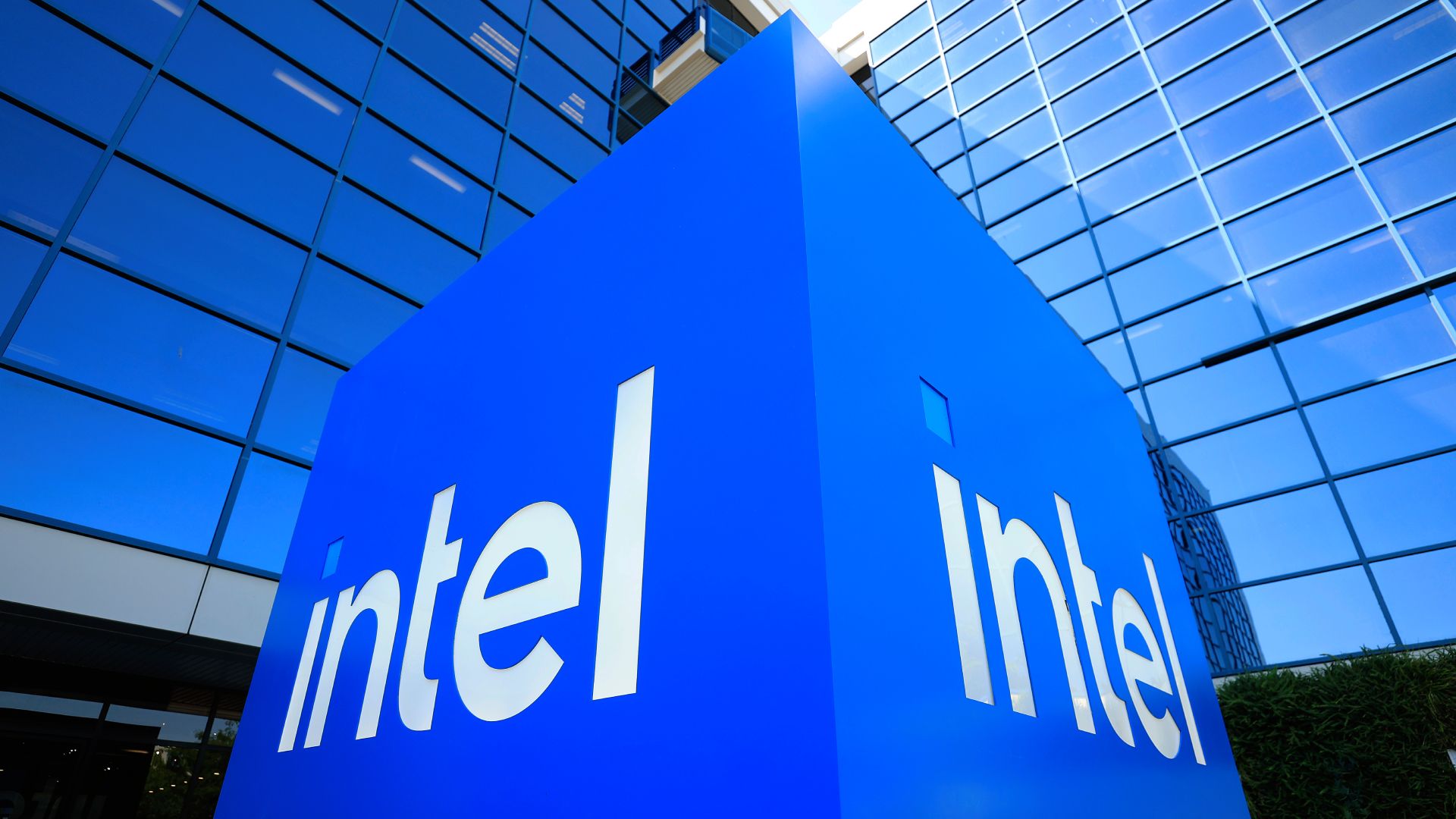Intel's management revealed during the company's Q3 2025 earnings call that while its 18A fabrication process is progressing predictably, with usable yields, enabling the company to begin ramping production of the Core Ultra 300-series processors, codenamed Panther Lake. However, the ramp-up of 18A processors will be slow due to relatively low yields, and Intel will not expand available 18A capacity at a rapid pace. Currently, 18A's yields are not yet comfortable from a commercial point of view.
"We are making steady progress on Intel 18A, we are on track to bring Panther Lake to market this year," said Lip-Bu Tan, chief executive of Intel. "18A yields are progressing at a predictable rate, and Fab 52 in Arizona, which is dedicated to high-volume manufacturing, is now fully operational."
Intel's 18A process technology is the company's first production node that relies on RibbonFET gate-all-around (GAA) transistors as well as features PowerVia backside power delivery. Intel will use 18A to produce Panther Lake processors for consumer PCs, then for Xeon 6+ 'Clearwater Forest' and 'Diamond Rapids' processors for data centers, as well as for Nova Lake CPUs, which target the enthusiast market.
"Yields are adequate to address supply, but they are not where we need them to be in order to drive the appropriate level of margins," said Zinsner. "By the end of next year we will probably be in that space, and certainly the year after that they will be at what would be an industry-acceptable level."
This means that Intel will ramp up production of its Panther Lake processors more slowly than initially planned, and will focus on building more advanced models first (assuming it can make enough chips with higher-end specifications), to sell them at higher prices.
Zinsner also emphasized that Intel does not plan to add significantly more 18A capacity in 2026. Lip-Bu Tan added that the company will add capacity only when it has commitments from its own products division or to external customers. The executives expect 18A supply to peak by the end of the decade.
"I would not expect significant capacity increases in the near term [next year]," Zinsner said. "We do not get to peak supply for 18A until the end of the decade, and we do think this node will be a fairly long-lived node for us."
Intel certainly has big plans for 18A, and its performance-enhanced variant 18A-P. The company's chief executive emphasized that 18A will serve as the foundation for at least three future generations of consumer and server products, which include secure-enclave programs with the U.S. government, and for external foundry clients. Last quarter, the company also released an 18A-P process development kit (PDK), which opens the door for external customers to design chips on this fabrication technology.

 www.tomshardware.com
www.tomshardware.com
"We are making steady progress on Intel 18A, we are on track to bring Panther Lake to market this year," said Lip-Bu Tan, chief executive of Intel. "18A yields are progressing at a predictable rate, and Fab 52 in Arizona, which is dedicated to high-volume manufacturing, is now fully operational."
Intel's 18A process technology is the company's first production node that relies on RibbonFET gate-all-around (GAA) transistors as well as features PowerVia backside power delivery. Intel will use 18A to produce Panther Lake processors for consumer PCs, then for Xeon 6+ 'Clearwater Forest' and 'Diamond Rapids' processors for data centers, as well as for Nova Lake CPUs, which target the enthusiast market.
18A ramp will be slower than planned
David Zinsner, Chief Financial Officer at Intel, told analysts that yields are sufficient to support Panther Lake product shipments, but not yet high enough to deliver normal profit margins. Yields should reach Intel's desired cost level by the end of 2026, with industry-standard results in 2027, according to Zinsner."Yields are adequate to address supply, but they are not where we need them to be in order to drive the appropriate level of margins," said Zinsner. "By the end of next year we will probably be in that space, and certainly the year after that they will be at what would be an industry-acceptable level."
This means that Intel will ramp up production of its Panther Lake processors more slowly than initially planned, and will focus on building more advanced models first (assuming it can make enough chips with higher-end specifications), to sell them at higher prices.
Zinsner also emphasized that Intel does not plan to add significantly more 18A capacity in 2026. Lip-Bu Tan added that the company will add capacity only when it has commitments from its own products division or to external customers. The executives expect 18A supply to peak by the end of the decade.
"I would not expect significant capacity increases in the near term [next year]," Zinsner said. "We do not get to peak supply for 18A until the end of the decade, and we do think this node will be a fairly long-lived node for us."
Intel certainly has big plans for 18A, and its performance-enhanced variant 18A-P. The company's chief executive emphasized that 18A will serve as the foundation for at least three future generations of consumer and server products, which include secure-enclave programs with the U.S. government, and for external foundry clients. Last quarter, the company also released an 18A-P process development kit (PDK), which opens the door for external customers to design chips on this fabrication technology.

Intel's pivotal 18A process is making steady progress, but still lags behind — yields only set to reach industry standard levels in 2027
Expect a slow ramp.
